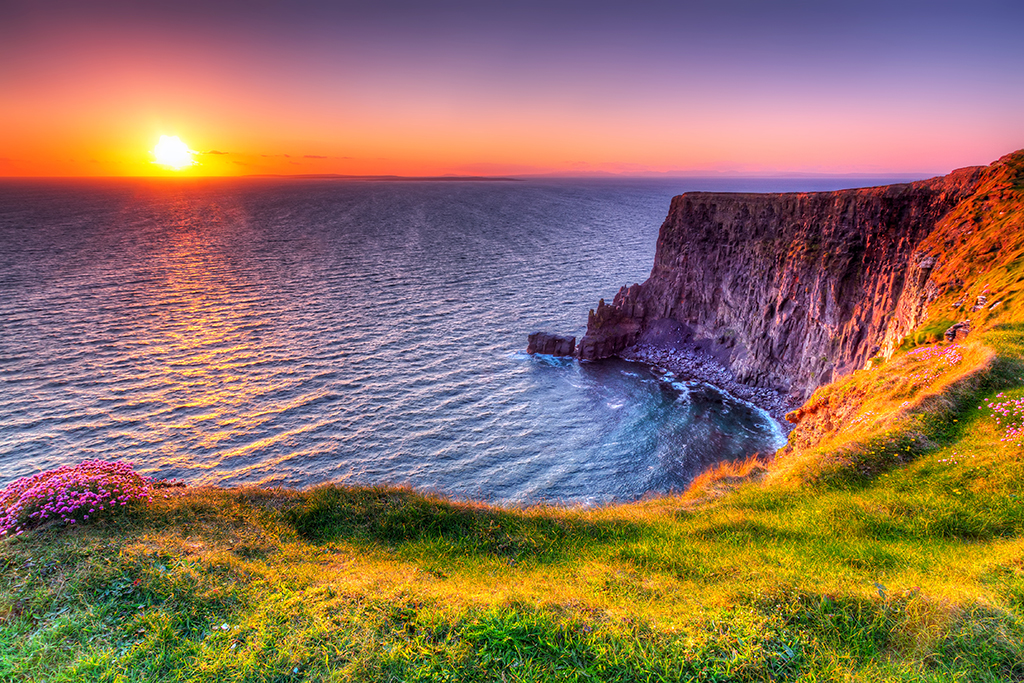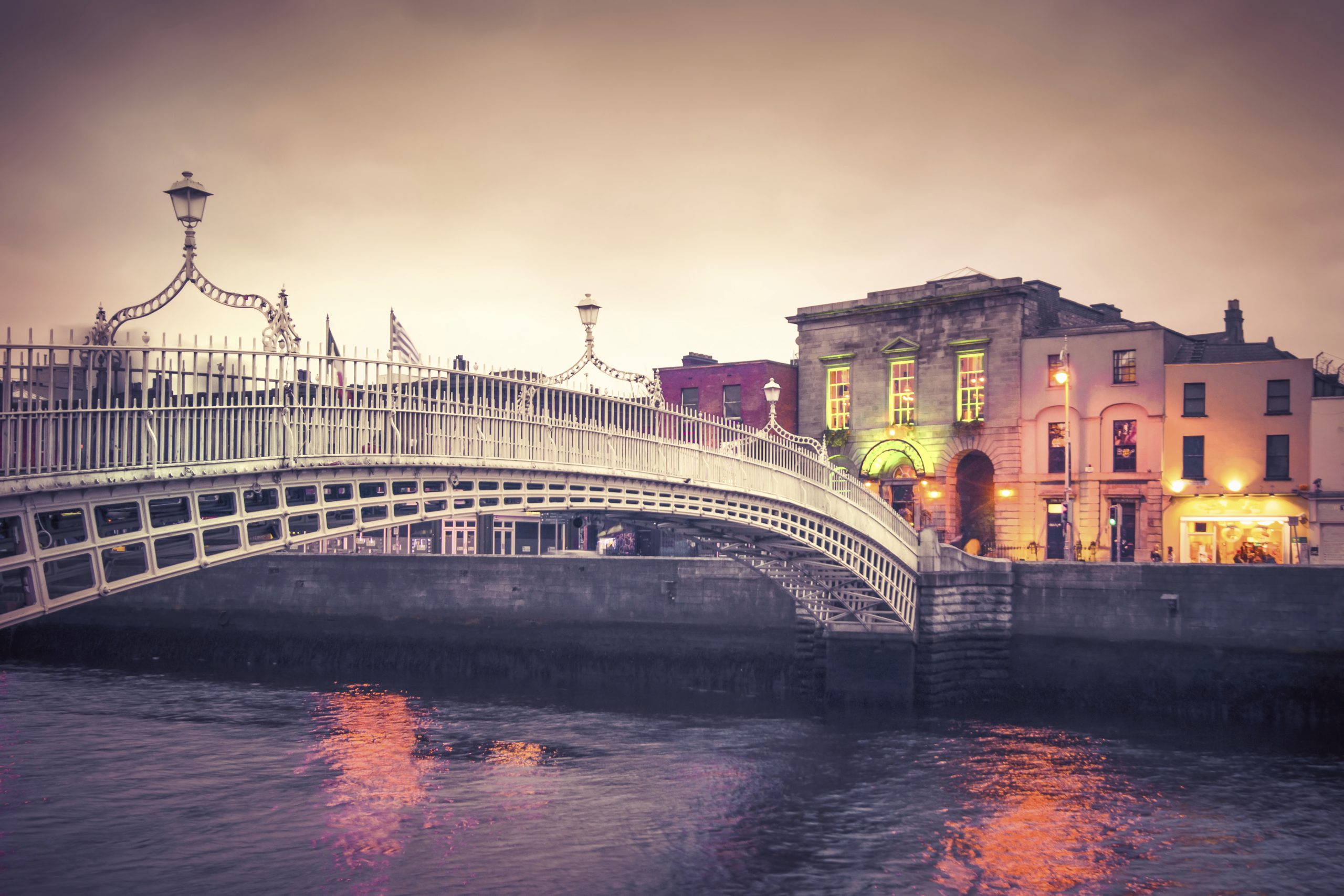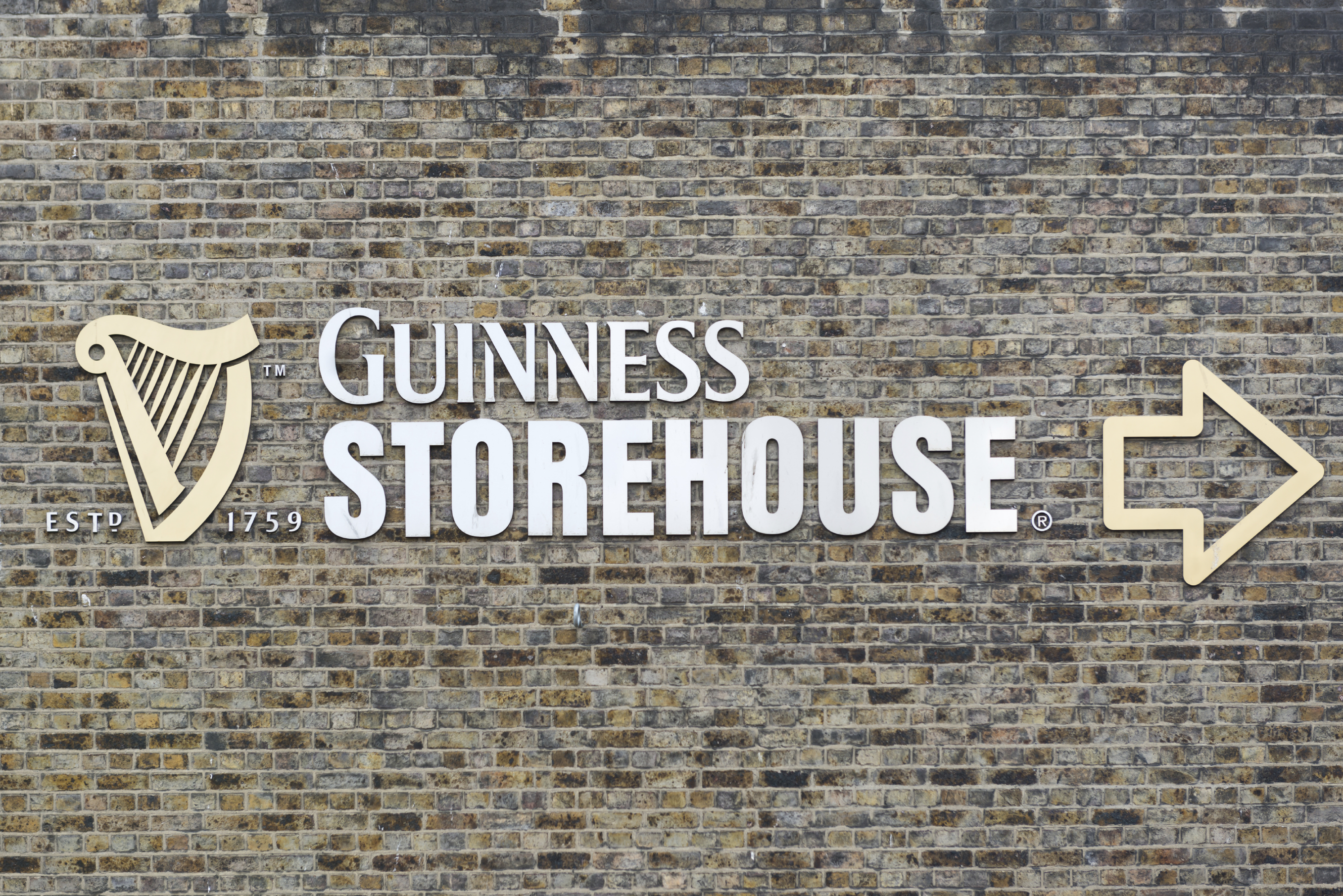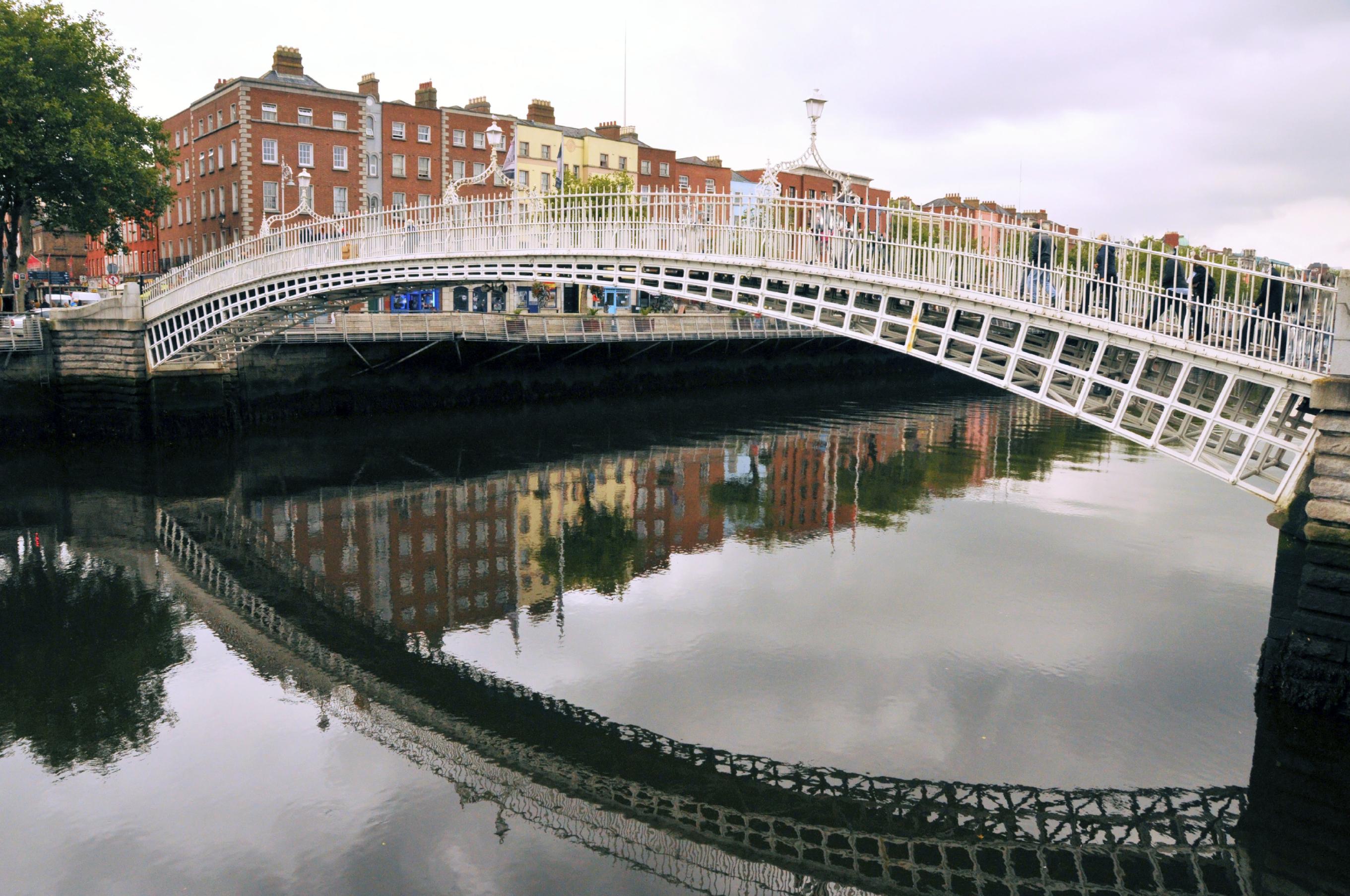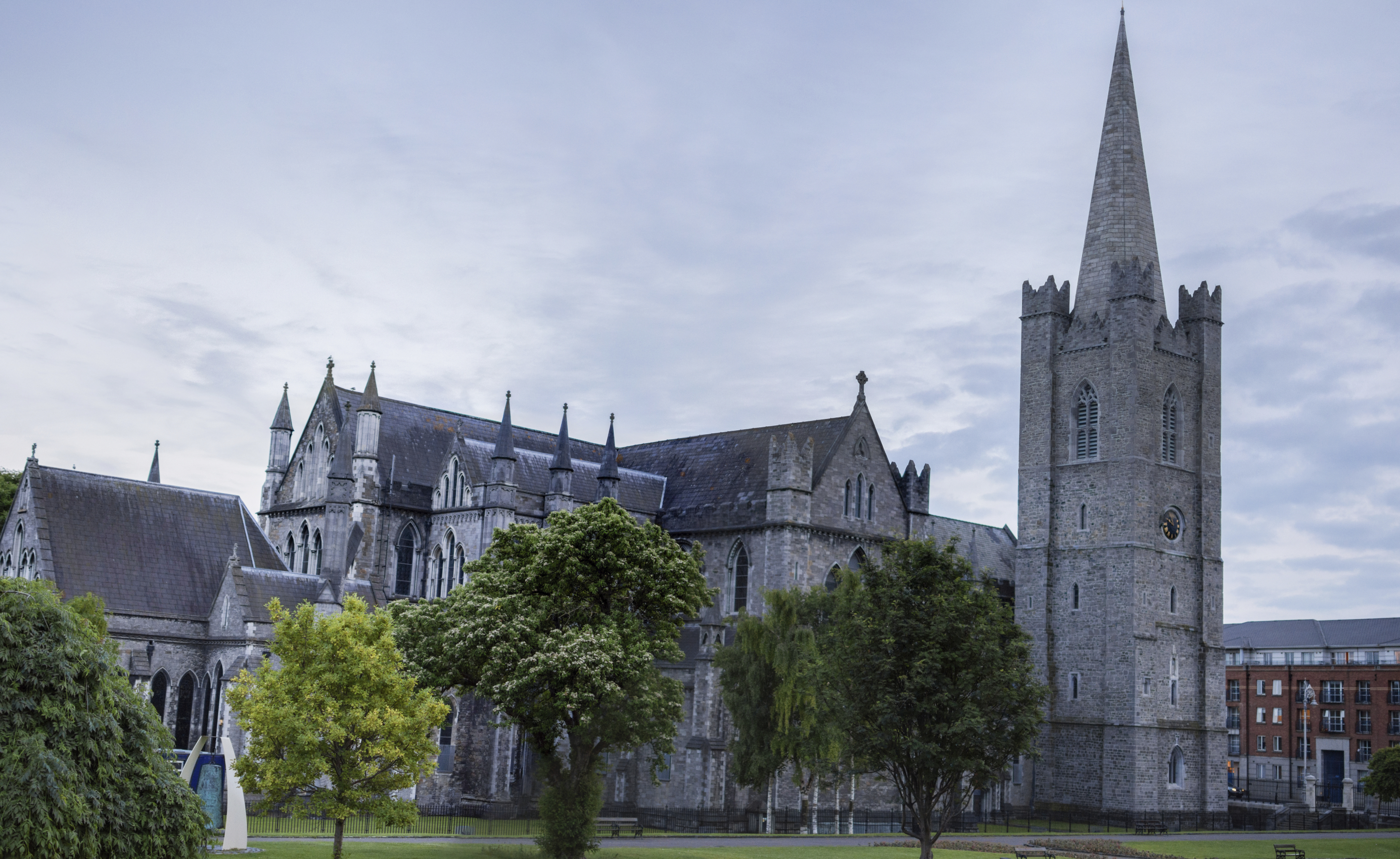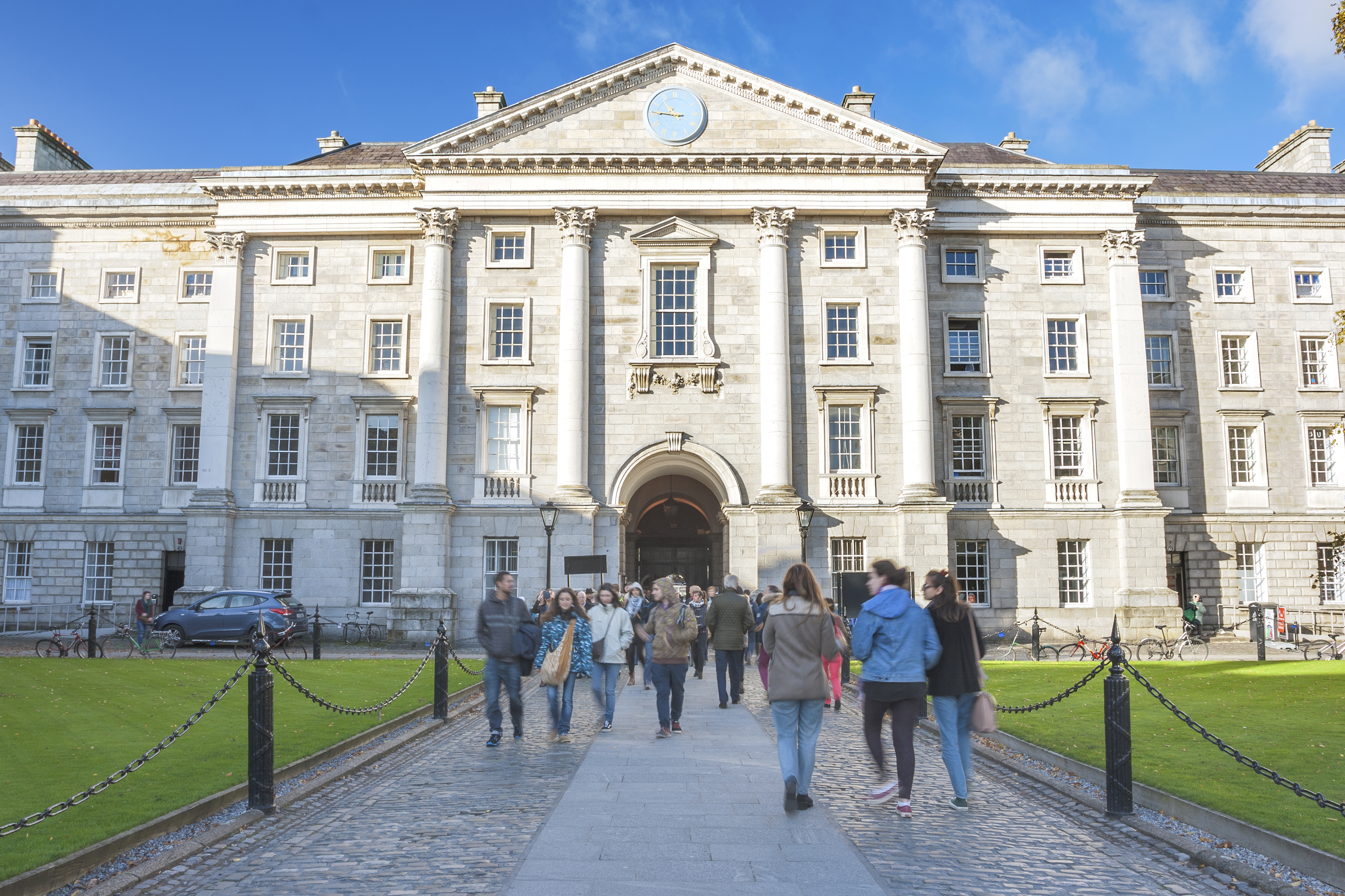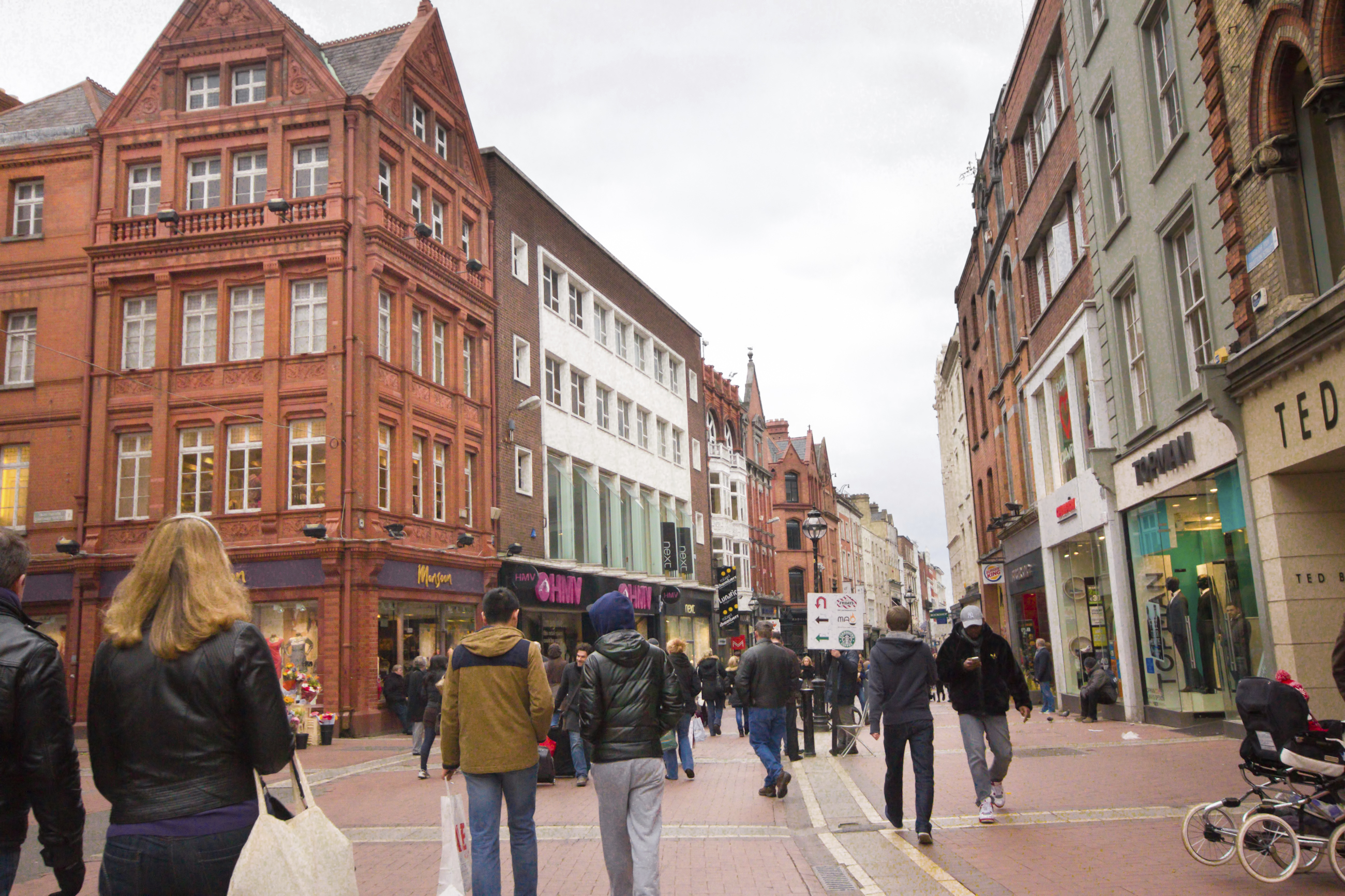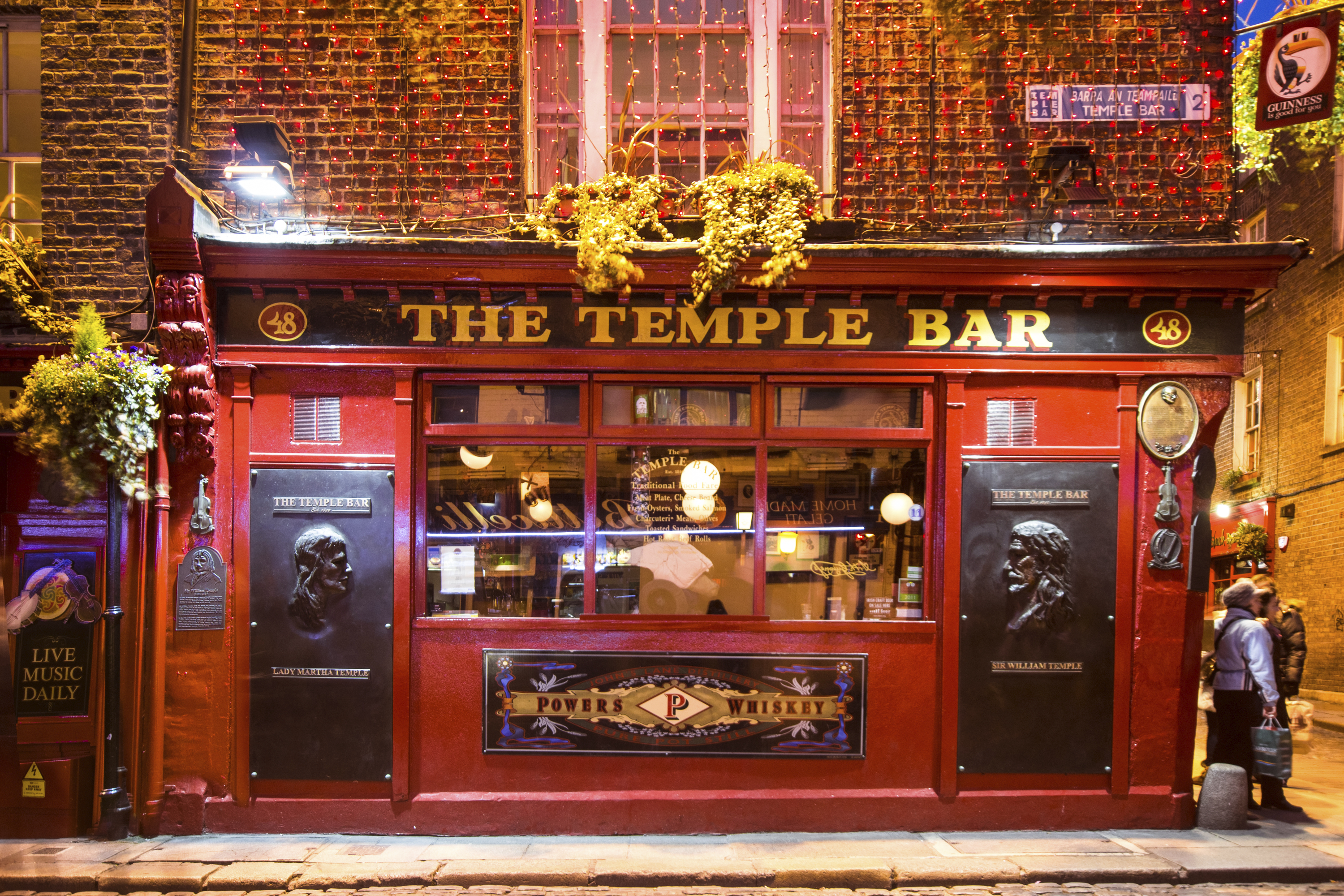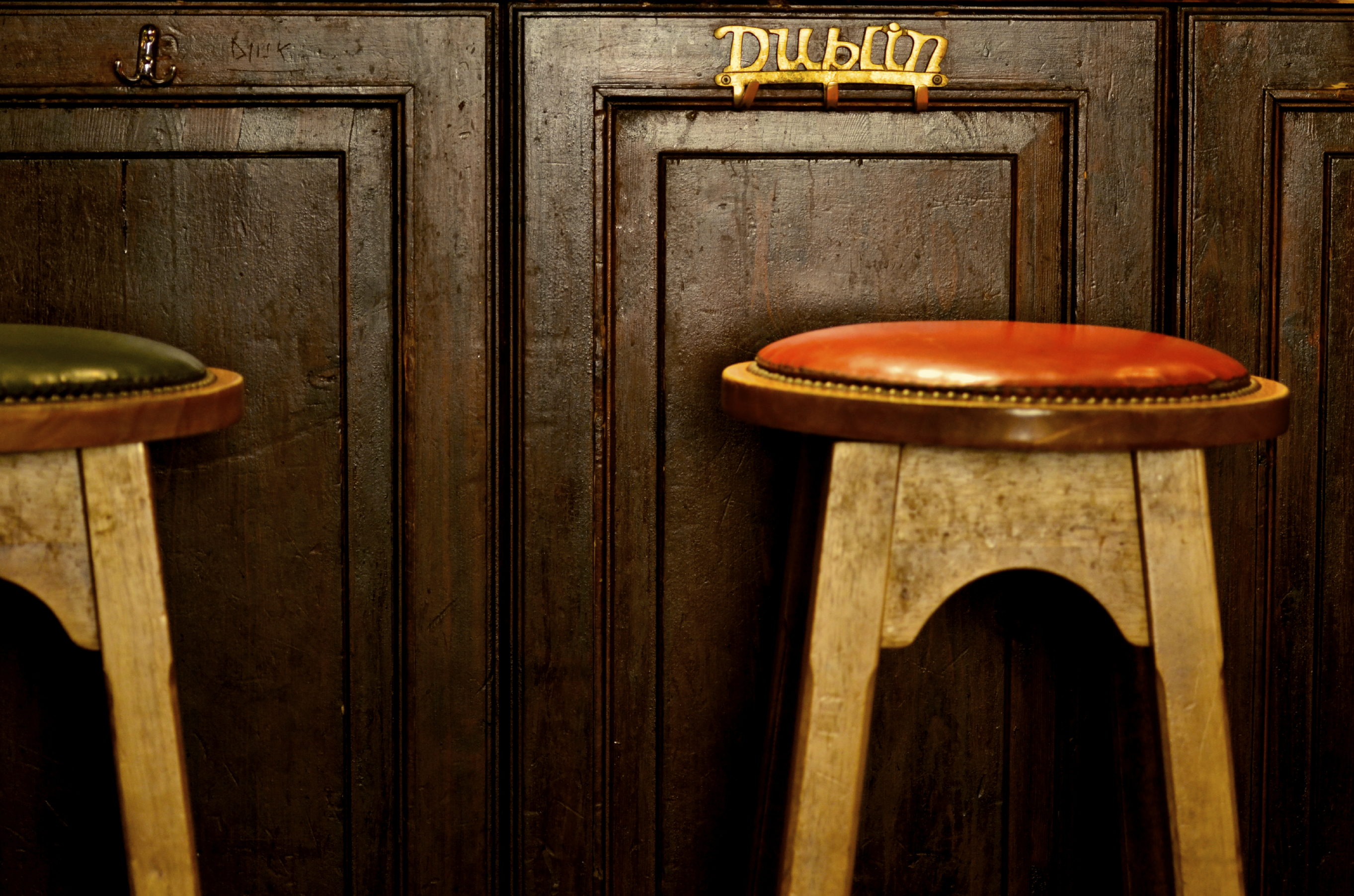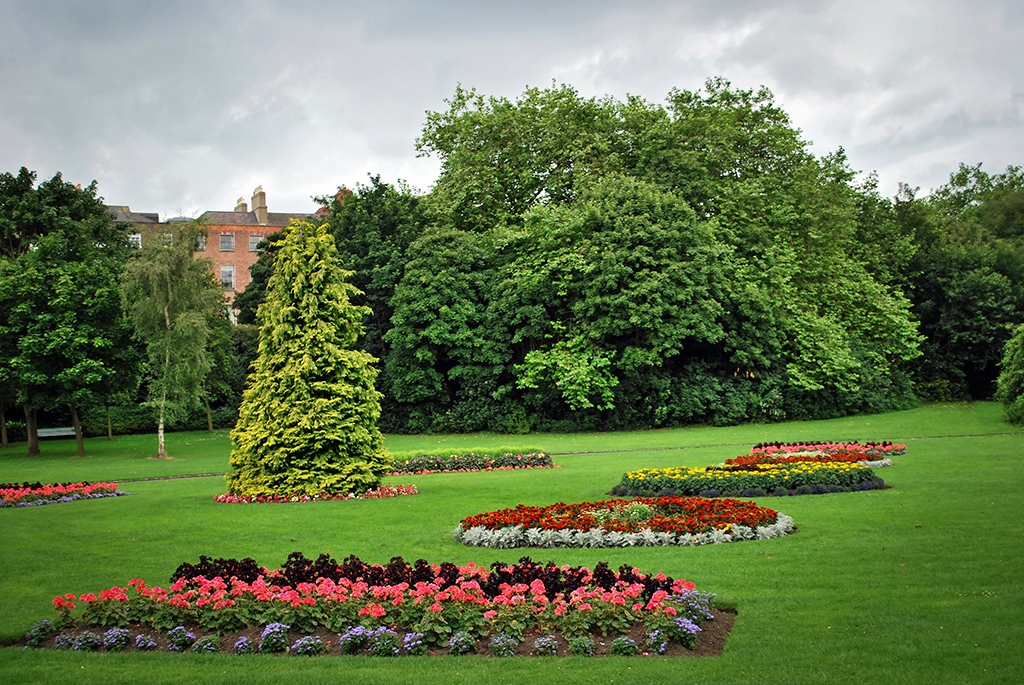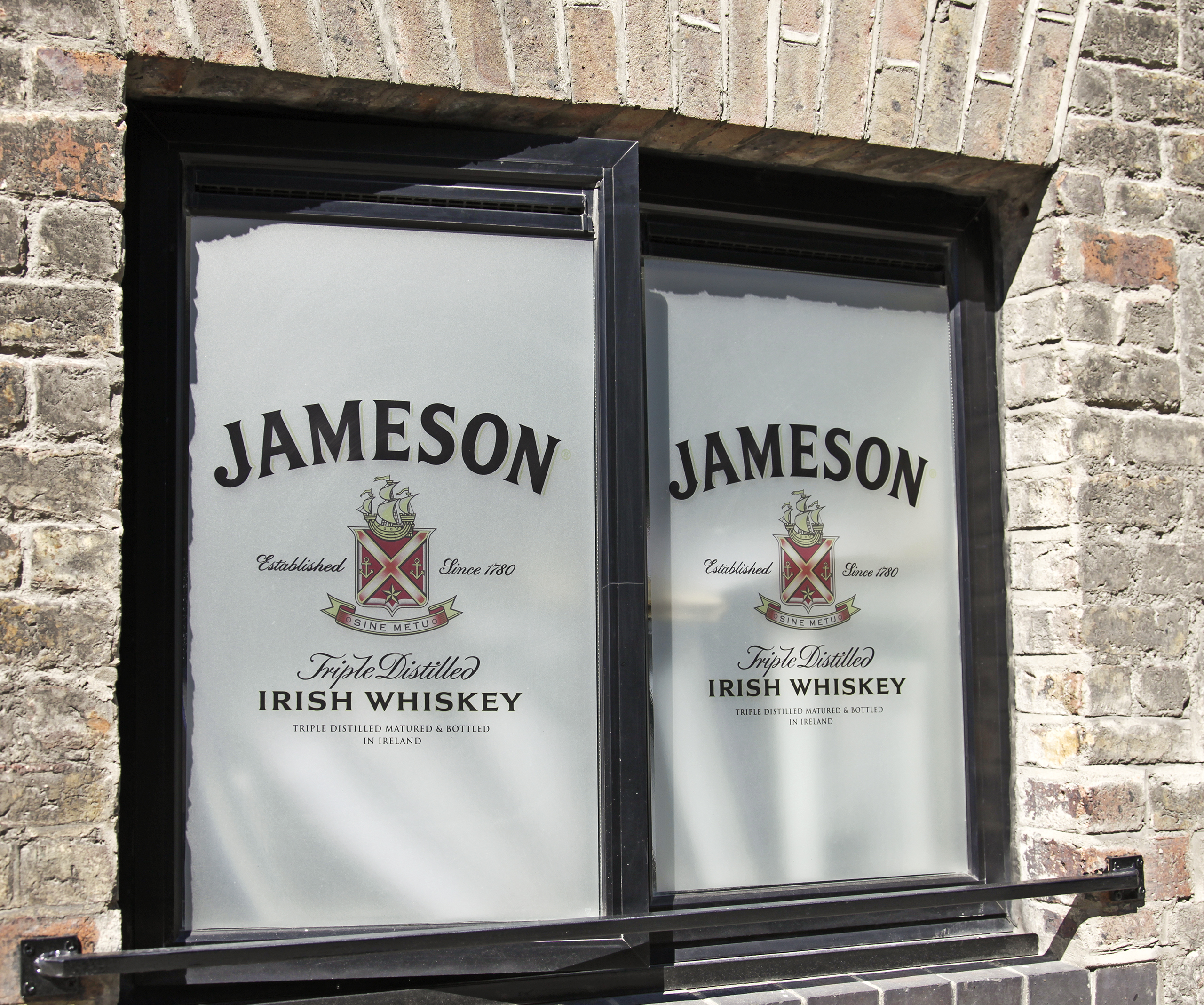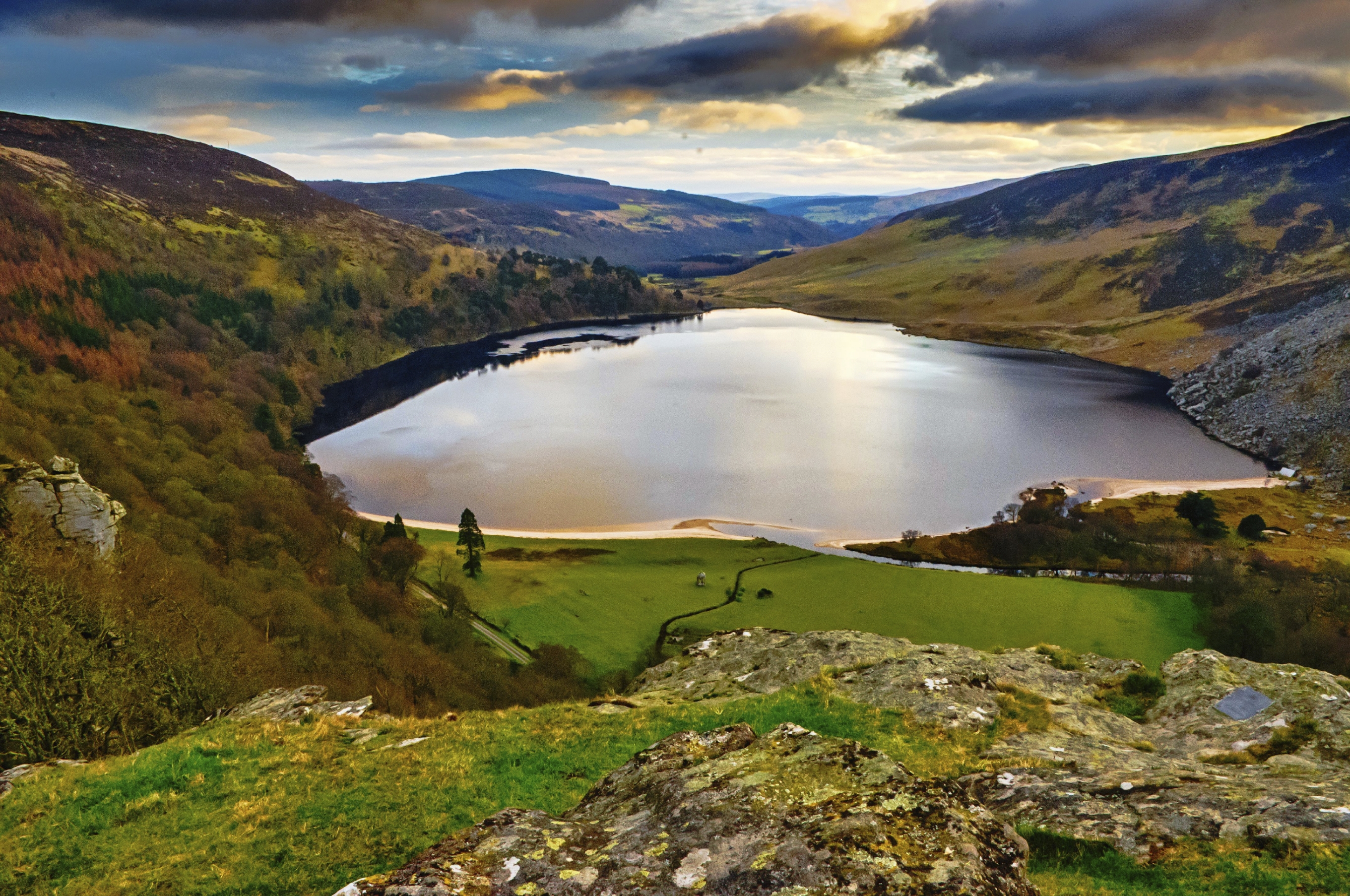Shamrocks, leprechauns and whiskey… Ireland is awash with culture, myth and, well, spirits. But, not just that, it’s also packed full of fun and frolics.
Swathes of stunning countryside, mountains and castles, cities, coastlines, just a short hop across the Irish Sea. What more could you ask for? Guinness? Well you’re in luck because there is plenty of that on offer, 10 million pints are produced daily in Dublin alone!
But, if you’re planning to jump on over to Ireland, let us tell you about our top 5 hotspots of the beautiful Emerald Isle.
Dublin
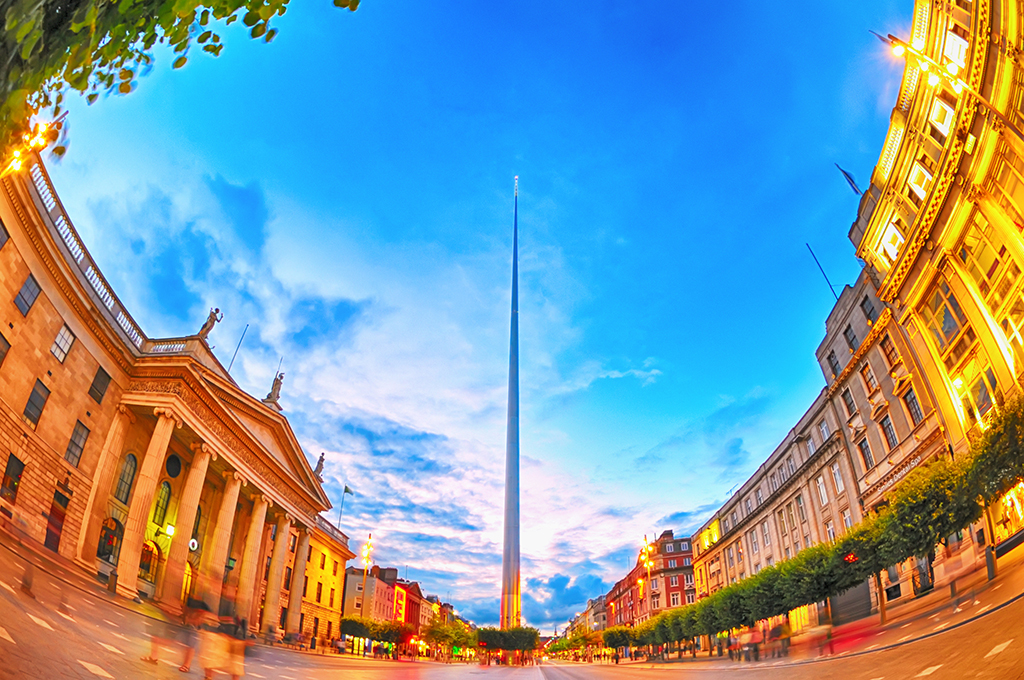
If Ireland is the land of craic, then this is certainly the capital of craic! Obviously, you can’t have a blog about Ireland without mentioning the mighty Dublin. Home of the Leprechaun museum, Jameson’s distillery and the world famous Guinness Storehouse, it’s a diverse city with plenty to see and do… for everyone!
From cathedrals, to the impressively sized Phoenix Park (it’s so big it even has a Zoo inside!), Ha’penny bridge, O’Connell bridge – the only traffic bridge in Europe that is wider than it is long – and Ireland’s oldest pub, The Brazen Head.
You can even sail down the River Liffey on an amphibious bus wearing Viking helmets. Like we said, it’s the capital of craic.
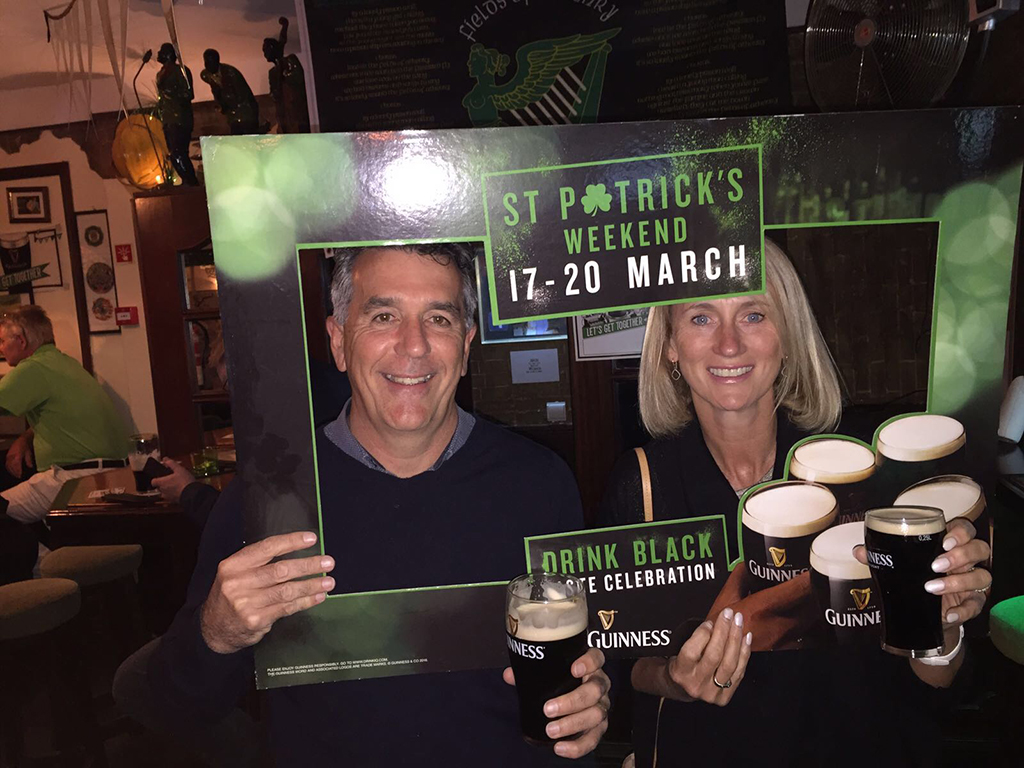
It’s the resting place of the patron saint of love, St. Valentine, and has been given a UNESCO City of Literature title, one of only 6 in the world.
If you’re wondering why, here’s a scratch in the surface of who called this wonderful city home… playwright Oscar Wilde, Dracula creator Bram Stoker, Nobel Prize and Oscar winner George Bernard Shaw and, of course, Ulysees writer, James Joyce. A talent pool you couldn’t turn your nose up at.
Wild Atlantic Way

From the most northern point to the southern peninsulas, the Wild Atlantic Way is a 2500km stretch of western coast line. We may have been a bit sneaky having this as a ‘hot spot’, with 157 discovery points, 1,000 attractions and more than 2,500 activities along the way, but a visit to any part of the Wild Atlantic Way is a must for anyone wanting to explore more of Ireland, outside of the Dublin hub.
From the northern headlands, with highlights such as Slieve League, some of the highest cliffs in Europe with an impressive 609m drop into the churning Atlantic below, to the rocky natural beauty of the south.
One must-see, reaching far into the Atlantic, is the Dingle Peninsula, one of southwest Ireland’s final fanfares and a great place to visit. The rugged landscape, the dramatic, swirling waters at the cliff foot and the sandy coves, if you’re looking for spectacular scenery, this is the place for you.
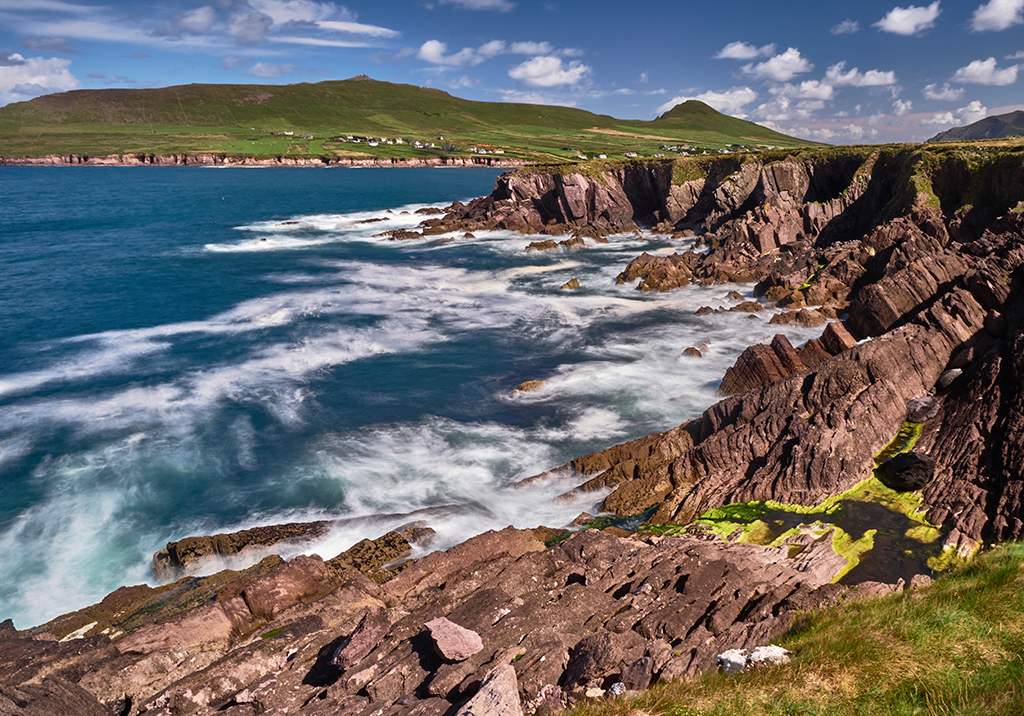
Stopping off in the town of Dingle, you may notice the houses, like a pastel patchwork of pretty buildings. Why? You ask. Well, it’s all down to Ireland’s ‘Tidy Town’ competition, held over 30 years ago, that inspired the makeover, and it’s still just as impressive today.
And, we can’t forget the Ring of Kerry. And no, despite it being the land of the leprechaun, that isn’t a piece of jewellery stashed away in the pot of gold at the end of the rainbow, it’s actually the most frequently travelled tourist route, around the Iveragh Peninsula.
It’s one of the most mythical and unspoilt areas of the Emerald Isle and is well worth a visit. Even if you’re just seeing what all the fuss is about, you won’t be disappointed.
Donegal
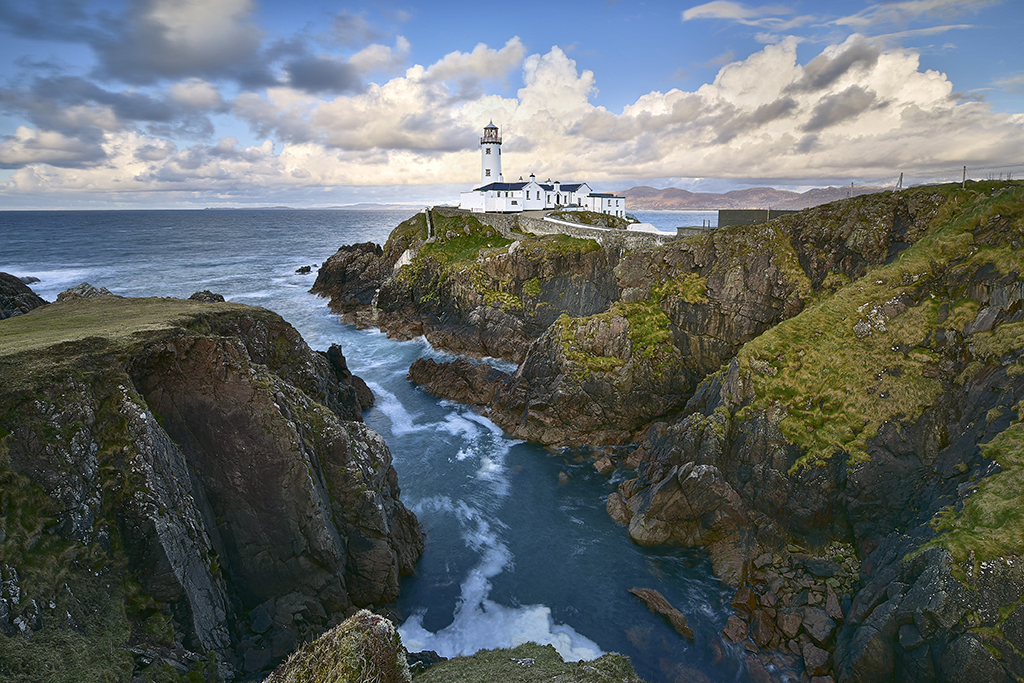
Dubbed the ‘coolest place on the planet’ by National Geographic Traveller magazine. In fact, it was actually used as the setting for the upcoming Star Wars film, The Last Jedi, due to be released in December 2017.
Ireland has become a hit with the Lucas film cast and crew having shot scenes from The Force Awakens in the country, but, the trailer already shows us the breath-taking scenery shot on location in the Irish town itself.
But, beyond the scenes of the silver screen, Donegal has a lot more on offer. Rugged coastline, serene beaches, castles and mountains, just to name a few. The bustling town is the crown jewel of the area, a true Gaelic great. There’s plenty of fantastic souvenirs to grab whilst you’re there, too, with hand-woven tweed a popular product of the area.
Even if you’re looking to have a crack at enjoying the ‘craic’, being outside of Dublin will not do you any disservice. The pubs of the Diamond Area of Donegal are a great stop off to rest your feet and enjoy some of the local culture and a tipple or two.
So, whilst in Donegal, “Go mbeidh an fórsa leat!” Or, may the force be with you, if you’re not fluent in Gaelic.
County Wicklow

The capital’s favourite playground, stretching south of Dublin, County Wicklow is an area of natural beauty, and is one not to be missed.
The picturesque Wicklow Mountains National Park offers an impressive backdrop to one of the country’s most popular walking trails. Laraghs (lakes), mountains (obviously) and traditional Irish pubs (of course), there’s plenty on offer in the serene wilderness that is Wicklow.
And, as the old saying goes, in the beautiful Irish village of Ballykissangel, everybody knows each other’s business… and you can get to know it too. If you’re a fan, visiting Avoca village the set of the popular BBC One series, is one of the exciting attractions on offer in the county.

A small village with pretty buildings and, yes, stepping in the footsteps of a young Colin Farrell can be part of the attraction, but the village itself is simply a treat to visit. You can visit the Fitzgerald’s pub, the church, the shops and the Garda train station and see exactly what drew film crews to this stunning pocket of Ireland.
But, if that’s not enough scenery for you then why not hop over to Glendalough? Hands down one of Ireland’s most beautiful destinations.
Home to one of the most important monastic sites in Ireland, the spot is full of impressive ruins from early churches, a graceful round tower and plenty of sites relating to the life of Saint Kevin – the founder of Glendalough.
Cliffs of Moher
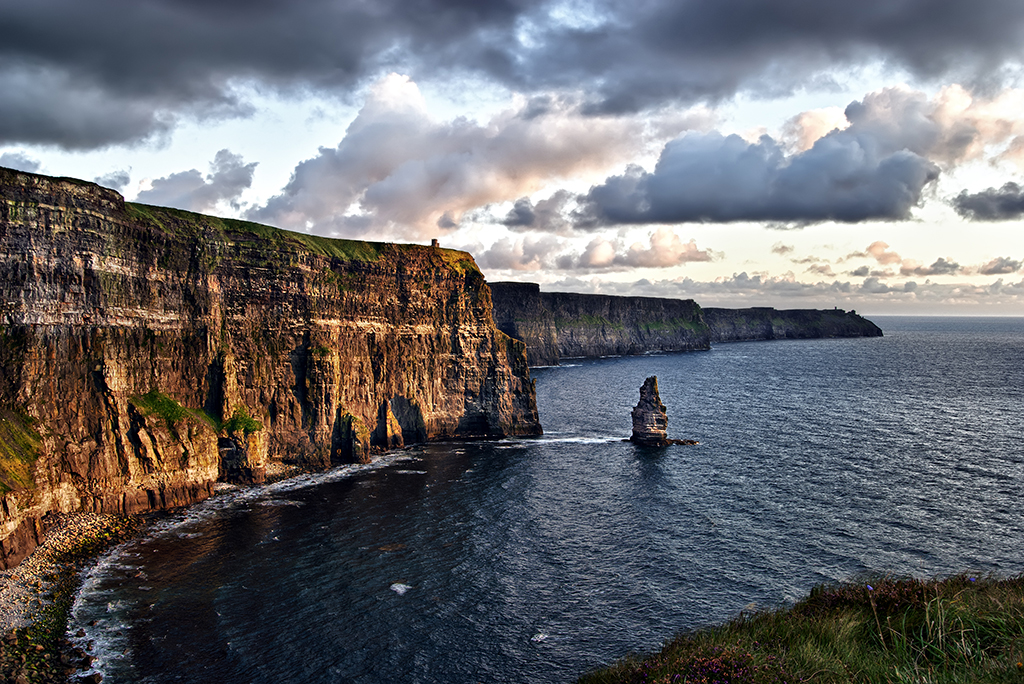
You’ve probably heard of the Cliffs of Moher, or at least seen photos of them, maybe you didn’t even know their name at the time? But, the image sticks in your mind because, well, they’re pretty impressive to say the least.
For anyone who’s interested in geology, the cliffs date back to over 300 million years. They’re mostly sandstone and shale and their individual layers that have rested over the millions of years lead to variations in the erosion rate from the powerful waters below, giving them that famous ragged edge.
Attracting over 1 million visitors a year, they’re fairly famous too. Remember the Holy Stone of Clonrichert in Father Ted? Yep, this was on the Cliffs of Moher. You can see the natural beauties in all their glory in the “Tentacles of Doom” episode.
But, they’ve also made cameos in The Princess Bride, Into the West and Harry Potter and the Half-Blood Prince, to name a few.
They’re also a nature spotting haven! It’s even protected by EU legislation as an area of importance for bird species. So, what can you expect to see? Atlantic puffins, Guillemot, Razorbill and Kittiwake, to name a few.
The sea is rich with plankton that attract whales and whale sharks, seals are common and occasionally, you may be lucky enough to spot a pod of dolphins.
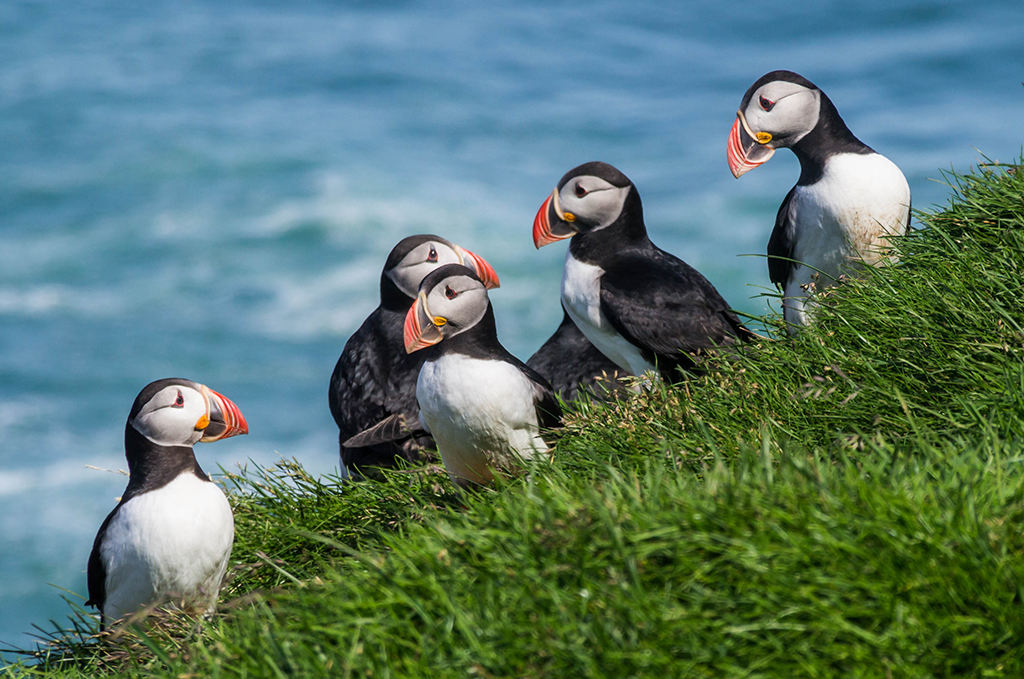
If Ireland sounds like your sort of thing, then why not visit for yourself? We’ve got a great selection of Emerald Isle tours, from St Patrick’s Day in Dublin to the Ring of Kerry. So, why not take a look and see if we’ve got the experience that suits you: Escorted Tours to Ireland.

